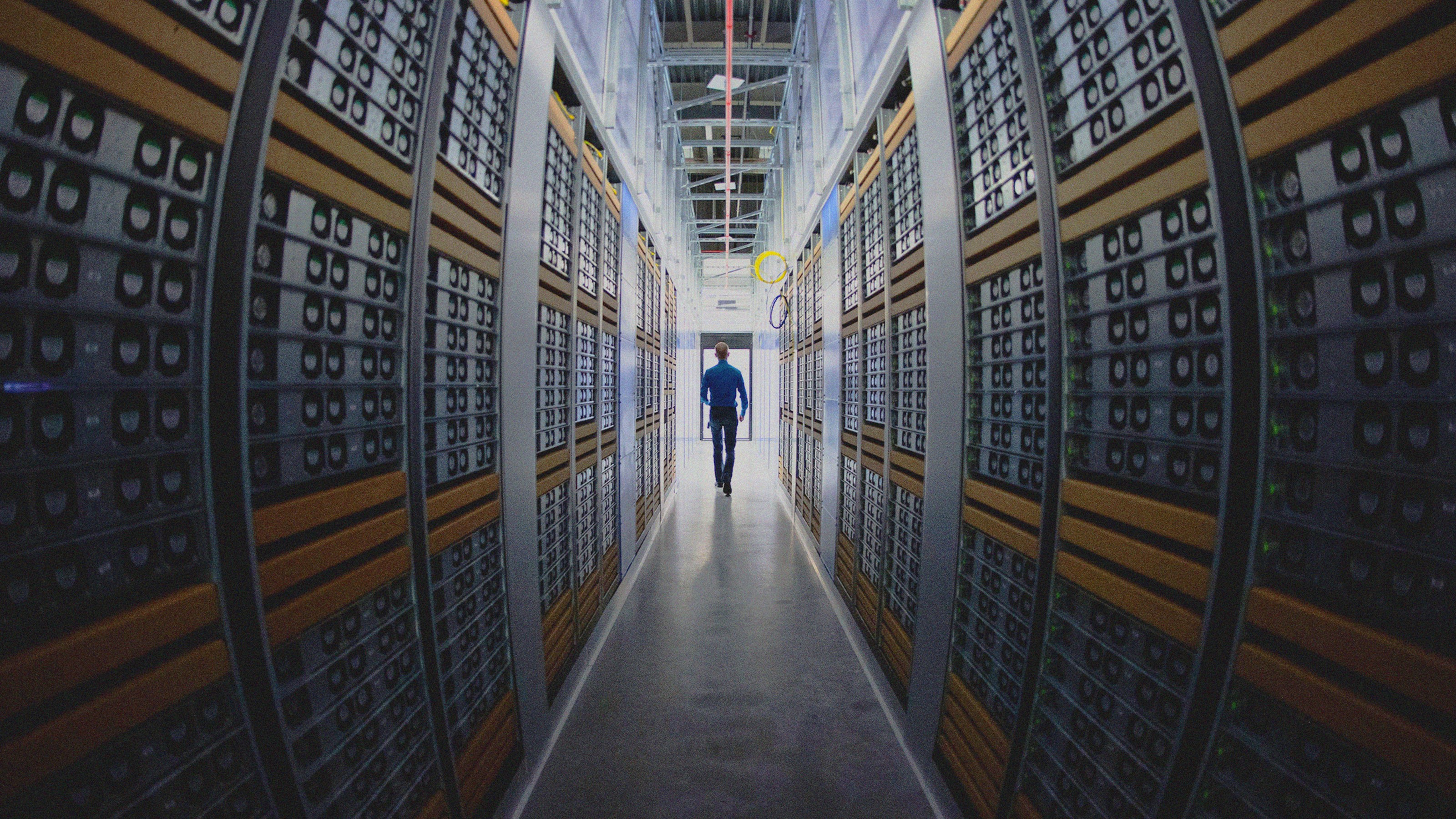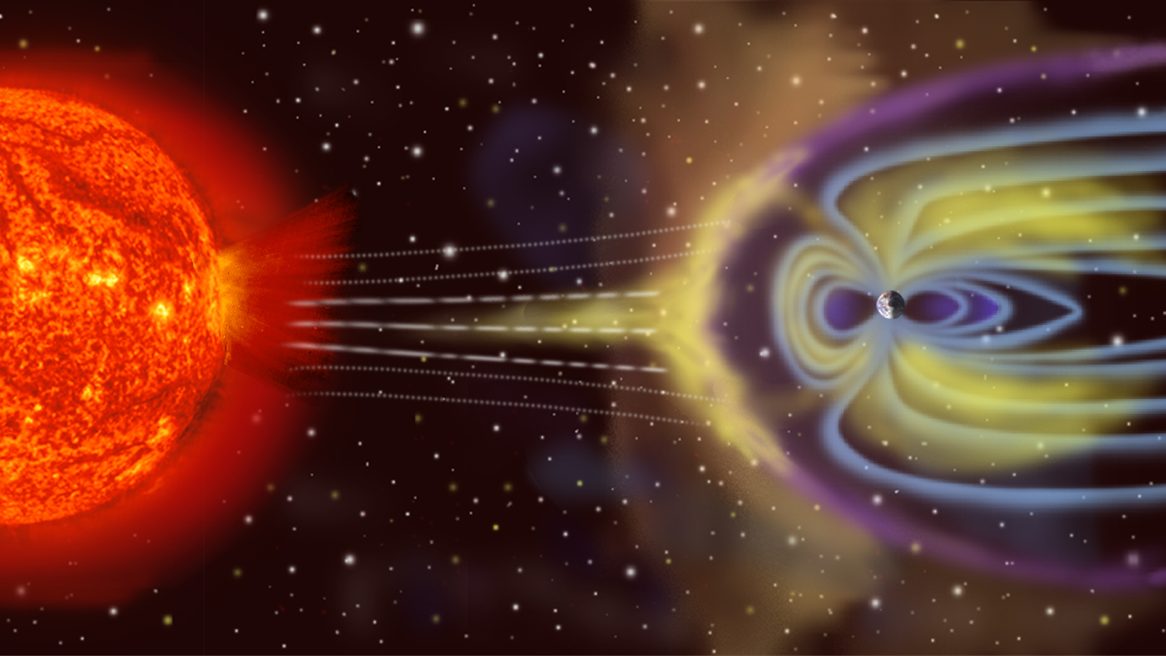Japanese Radiation Mystery: “Where is all the Radiation Coming From?”

Here is a mystery: where is all the radiation coming from at Fukushima?
Since the site is too radioactive to make definitive analyses, physicists and engineers are making educated guesses, and the results are not optimistic.
First, radiation continues to spread, even as the utility claimed that everything was under control. Radiation at unit 2 was recorded at 100,000 normal, so a worker spending 1 hour there would start to come down with radiation sickness. Also, radiation in the sea water 1,000 feet from the site up to a mile from the site have registered thousands of time normal reading.
Now plutonium has been found in trace amounts. The situation gets worse every day. But is the reactor situation is stable, as the utility claims, then were is radiation coming from?
Second, the radiation has both iodine and cesium. Since iodine only has a half life of 8 days, this casts doubt on the spent fuel rods, since iodine has had plenty of time to decay in those spent fuel ponds. Another possibility is a pipe leak. But most likely, it is a breach of containment. This is because radioactive iodine and cesium come from exposed fuel rods that have melted.
Recently, the GE engineer who worked on the Mark I reactor has stated that the source is mostly a core meltdown in unit 2 that has eaten its right through the pressure vessel (which surrounds the super hot core.) This echoes what I have been saying. If he is right, then “corium” (a liquid mixture of melted uranium) has melted its way right through the reactor vessel and is now leaking into the water system below the reactor. So direct contact with melted uranium may be the most likely cause.
Most likely, this means more radiation into the environment, since there is no way stop radioactive water from touching the corium. However, at worst, the molten fuel could plunge into a pool of water and explode, creating the nightmare of Chernobyl.





